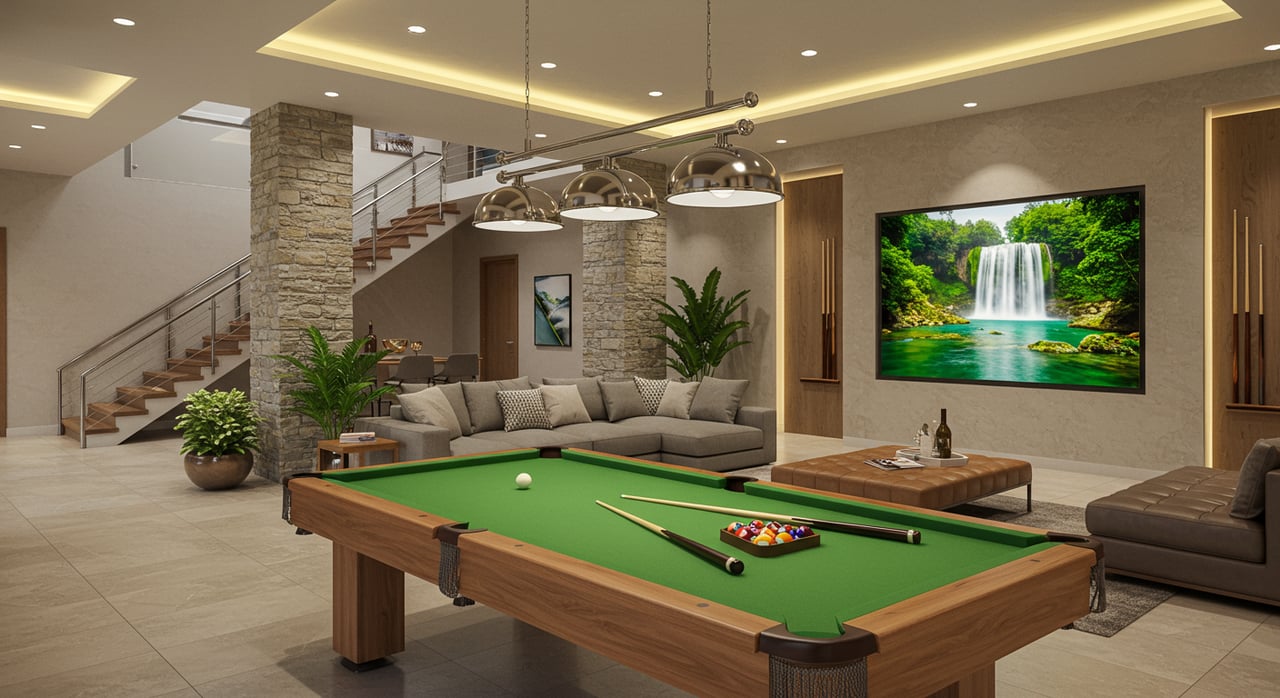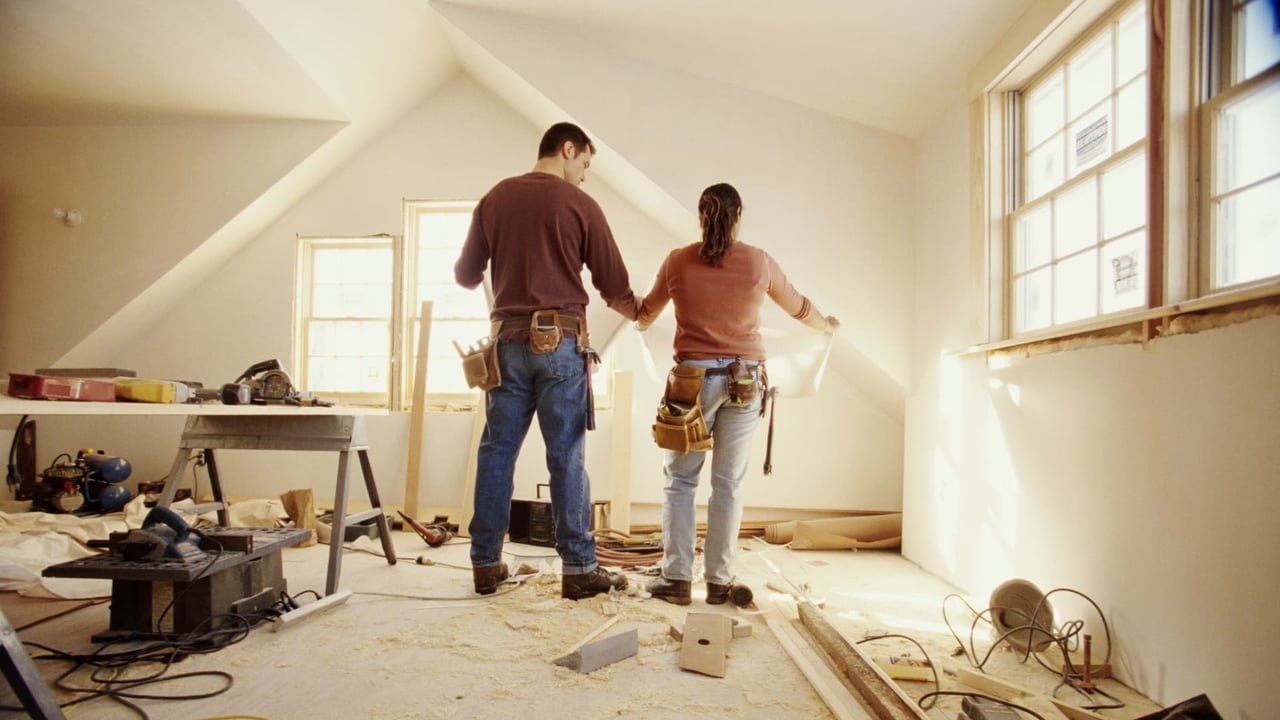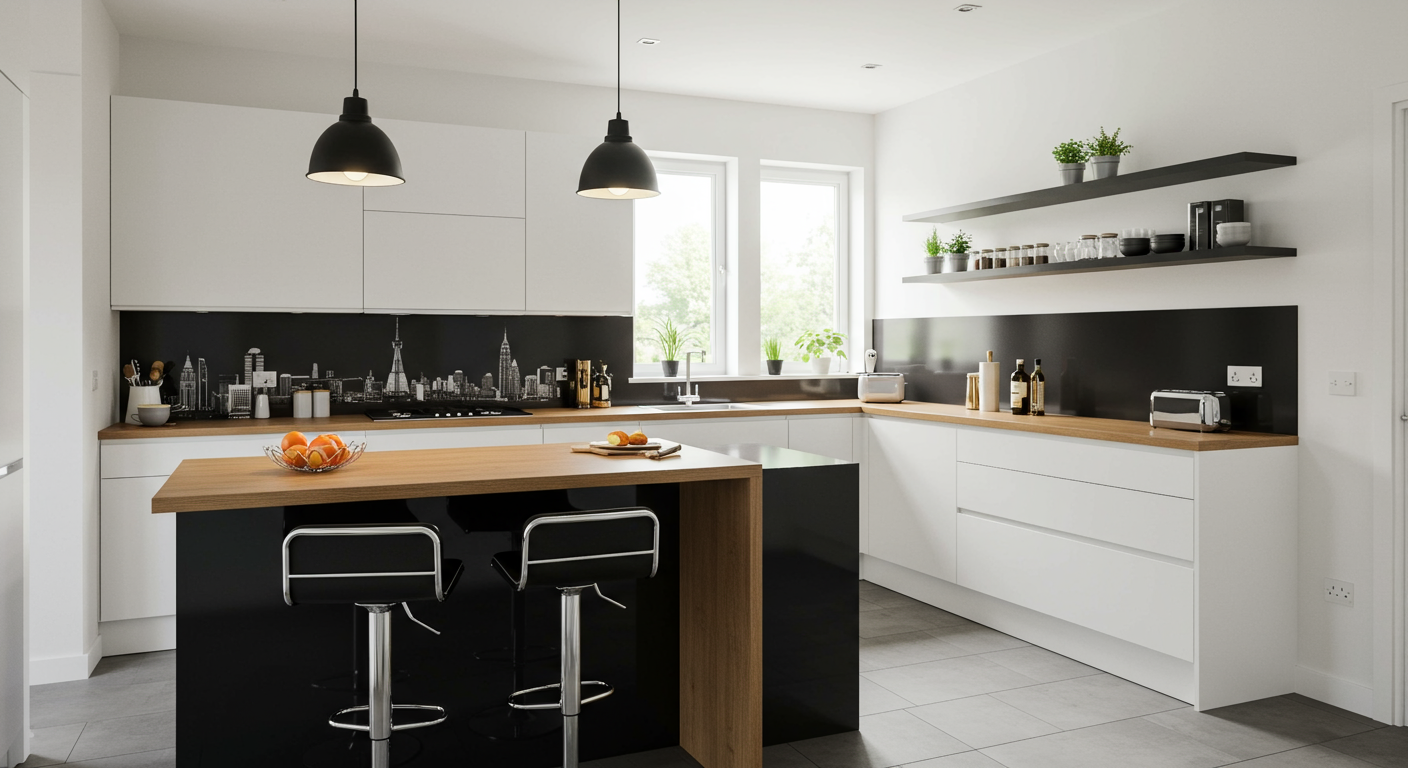
The open kitchen may be trendy nowadays but it took a while before people began embracing the concept. This layout was a result of the more open and casual mindset during the post-World War II era. The result was a revolutionary open floor plan design that took the kitchen from the backseat to the epicenter. Family gatherings and social functions started to revolve around the kitchen space.
In most cases, the open floor plan was a large open space that consisted of the kitchen, living room, and dining room. This layout sustained the family together even as they did separate activities on their own.
While there is a lot to love about the open layout, it’s also garnered plenty of sound criticisms that are hard to shake off. The great debate on open vs. closed kitchens, particularly, has not lost its steam.
Check out the rundowns on the open kitchen as well as the following alternative configurations for your kitchen.
Related: Great Room Design Ideas | New Contemporary Open Concept Townhome | Open Plan Residential Architecture | Open Concept Industrial Apartment
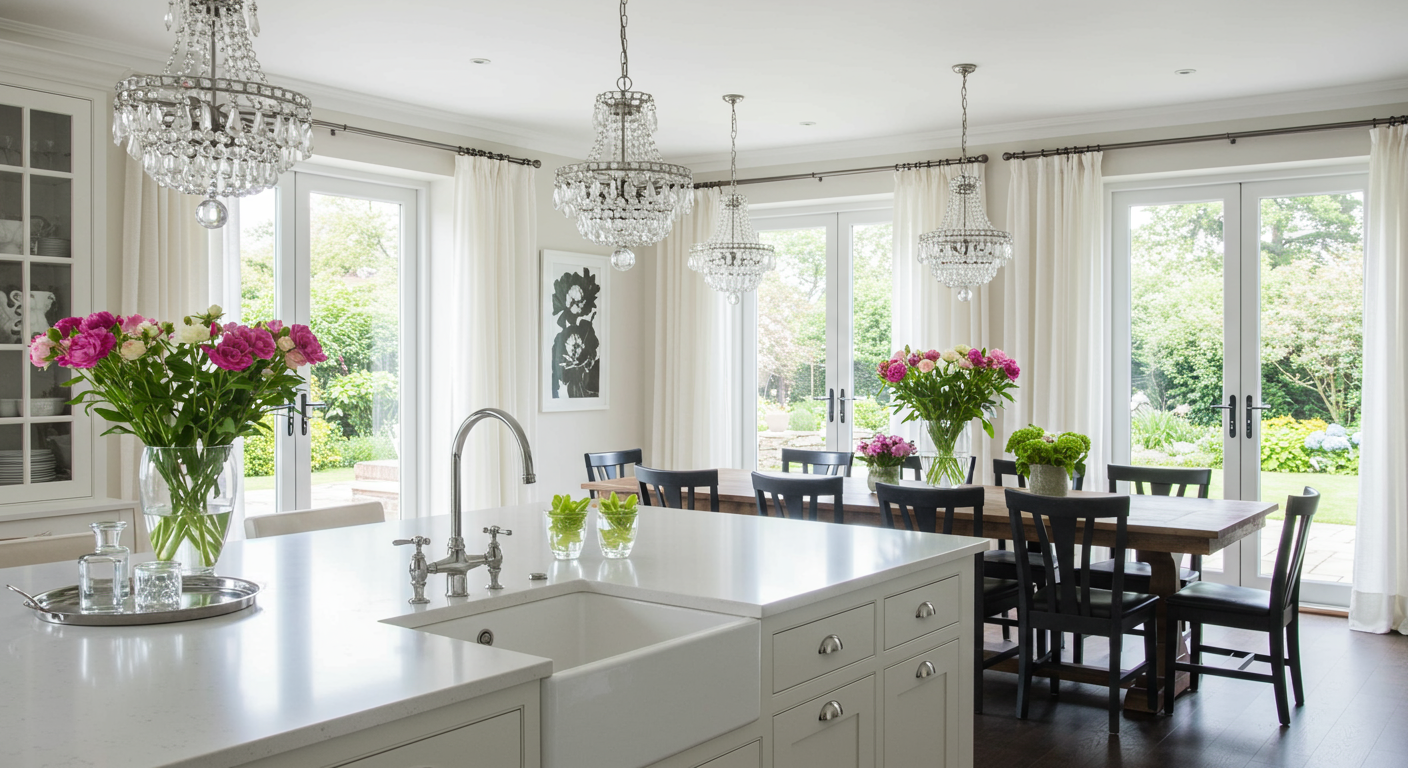
More and more homeowners are opting to have their kitchens open to the rest of the home instead of as a separate room. In general, as homes move to more open floor plans, the kitchen will become an integrated part of the house instead of being a separate area where a family member goes to cook for each meal.
Pros
- This style of kitchen is perfect for the family with young children. It allows the parent who is cooking to keep an eye on what is going on and to avoid any messes or accidents.
- If you have a smaller home, then this style of kitchen can really open up the space. It’s a great way to make the whole home feel bigger just because there are fewer walls.
- Open shelving is very popular in open kitchens and allows homeowners to display their favorite dishes in plain view.
- For homeowners who love to host parties, an open kitchen allows them to be able to work in the kitchen while still enjoying the party with their guests.
- With a dining table right next to or even in the open kitchen, there won’t be any problem with getting hot meals on the table.
Cons
- The smell of your cooking will easily spread to other parts of the home. While this may not seem to be a big deal, smoky smells and strong odors such as fish will permeate the other rooms when you have an open kitchen.
- There is no privacy when you have an open kitchen. If you prefer cooking to be a solo affair and don’t want to be bothered, then this kitchen style is not right for you.
- When you have an open kitchen, you have to make sure that the colors and style choices that you have made will flow through your home. There’s no way to have a bold kitchen hidden behind a door when the rest of your home is decorated in neutral colors.
- If you like to cook in peace and quiet and the rest of your family enjoys loud TV or rowdy games, then you won’t have a way to close off your kitchen while you cook.
- Taking down a wall to open up the kitchen will cause you to lose a lot of countertops and cabinet space.
Alternatives
1. Traditional Kitchen
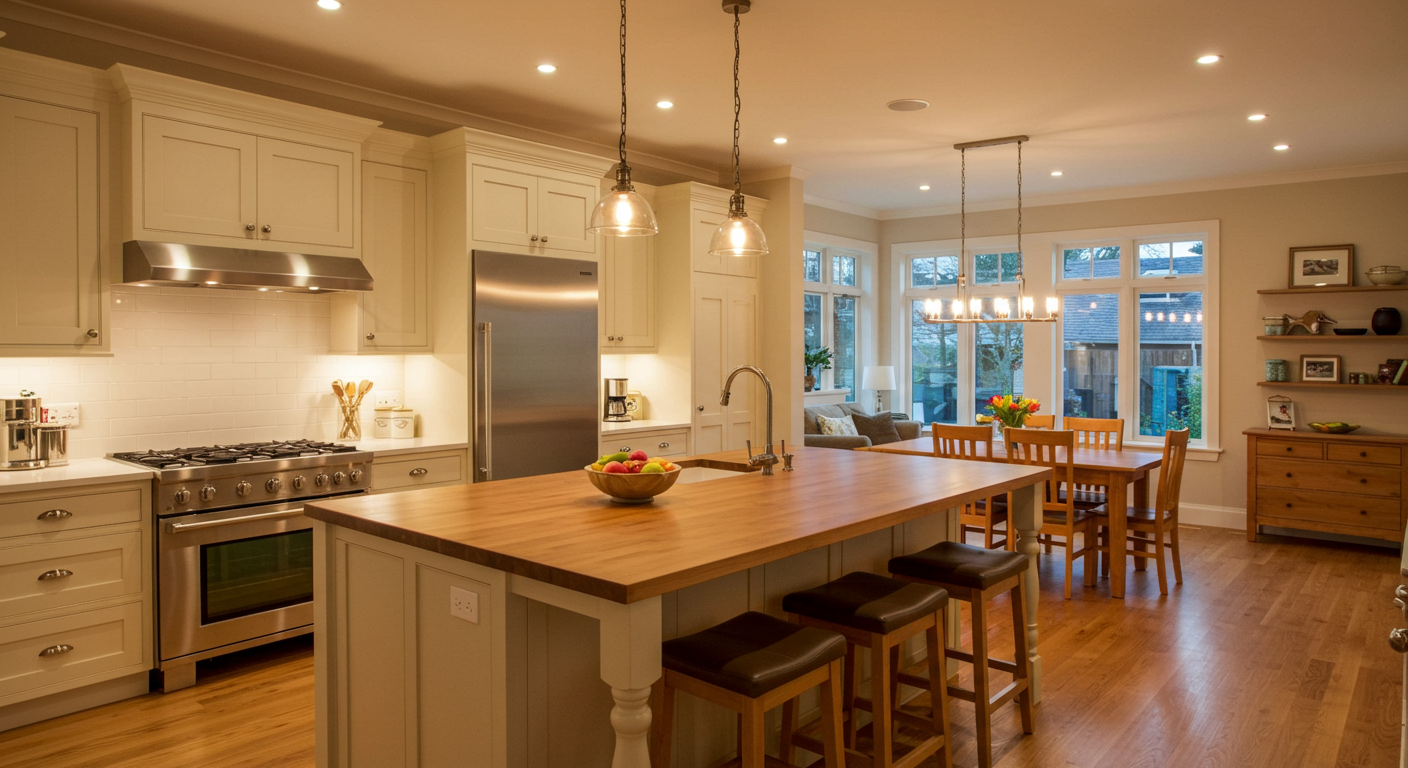
This is the most common and popular type of kitchen and what is available in most older homes unless they have been recently renovated. This kitchen is generally off of the main dining room and has a door that can be closed to block it off from the rest of the home. There is often a door from the kitchen to the outside or the garage, making it easy to bring in groceries without tracking through the home.
Pros
-
Being able to separate the space from the rest of the home gives homeowner privacy while he or she is cooking.
-
You won’t have to worry about cleaning up a huge mess in the kitchen if you have a party or have unexpected guests; simply shutting the door will keep people from seeing the mess.
-
Any strong smells that you are cooking with will be contained inside the kitchen.
-
Baking or cooking on a warm summer day won’t heat up the rest of the home as long as you keep the kitchen door closed.
Cons
-
It’s harder to be involved in the party that you’re throwing when you are behind a closed door and guests may feel awkward coming into the kitchen to talk to you.
-
Closed kitchens make it difficult to keep an eye on what your kids are doing when you are making a meal.
-
Homeowners often feel separated from their families when they are cooking since there often isn’t enough room in the kitchen for everyone all at once.
2. Universal Design
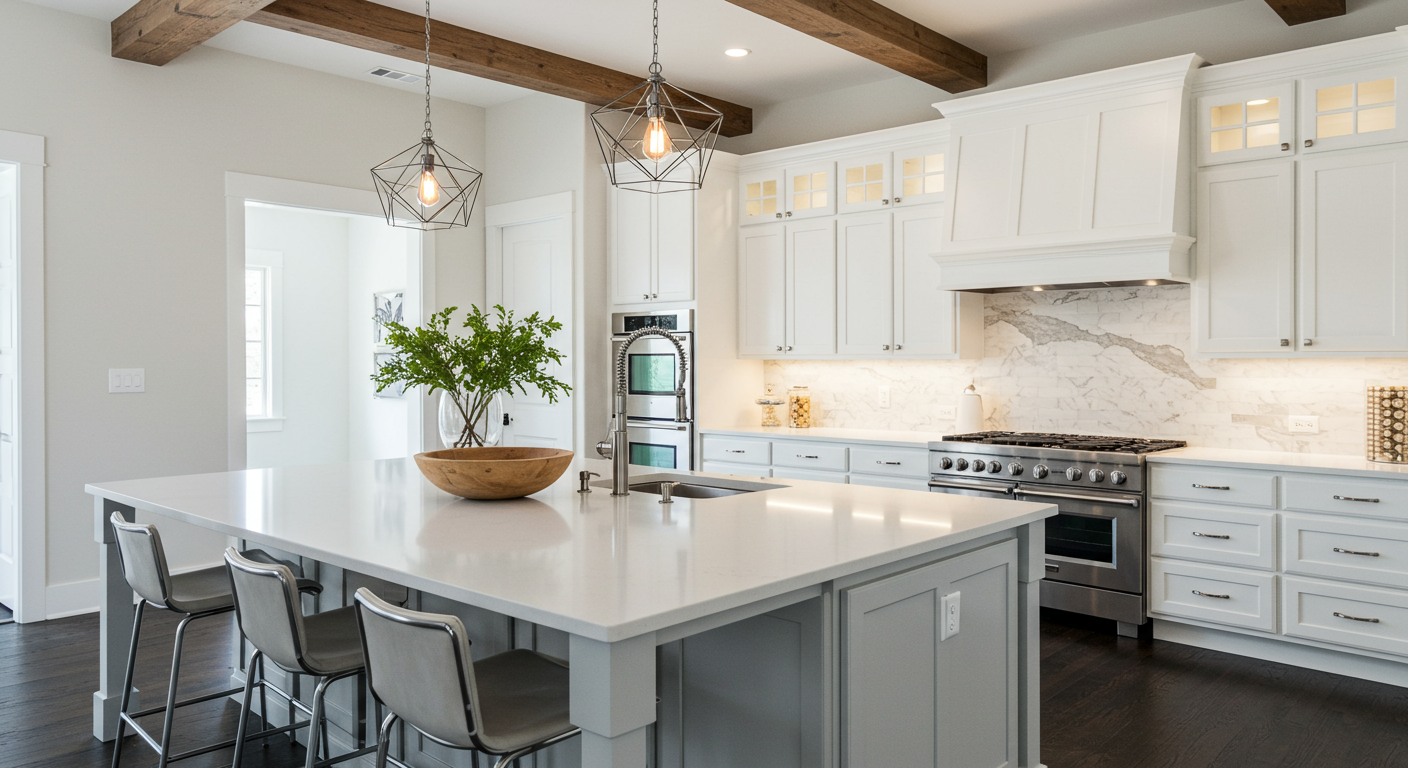
If you want to make sure that your kitchen can be used by anyone who wants to cook or that the space can be shared by any of your family members or guests, then you will want to consider a universal design. This type of kitchen is not only accessible to all guests but makes sure that your space is most beneficial to anyone who wants to use it.
Pros
- If you design your kitchen this way, then you will not have to worry about adapting it to your changing needs as you grow older.
- Extra lighting under the cabinets makes it very easy for anyone to see what he or she is working on, no matter how bad his or her eyesight is.
- Non-slip floors are a much better option in the kitchen than throw rugs and marble. Not only will they be easier for everyone to walk on but you won’t have to worry about messy food being dropped on your favorite rug. Running children and elderly parents will be able to keep their footing.
- Rollout shelves in the cabinets make it easy to reach the items stored in the back without having to get onto the floor to reach in.
- Open clearance under the sink and toe kicks that are a little higher than normal allow for someone in a wheelchair to easily navigate this space. Also, make sure that there is enough room for a wheelchair to turn around.
Cons
-
The extra space necessary for wheelchair access can be difficult in some homes, depending on the size of the kitchen.
-
While some of the changes, including additional lighting under the cabinets, are relatively inexpensive, others cost a lot more, which can easily break the kitchen budget.
-
Countertops that are higher or lower to meet the needs of the homeowner can make it difficult to sell the home when it’s time to put it on the market.
3. Eat-in Kitchen
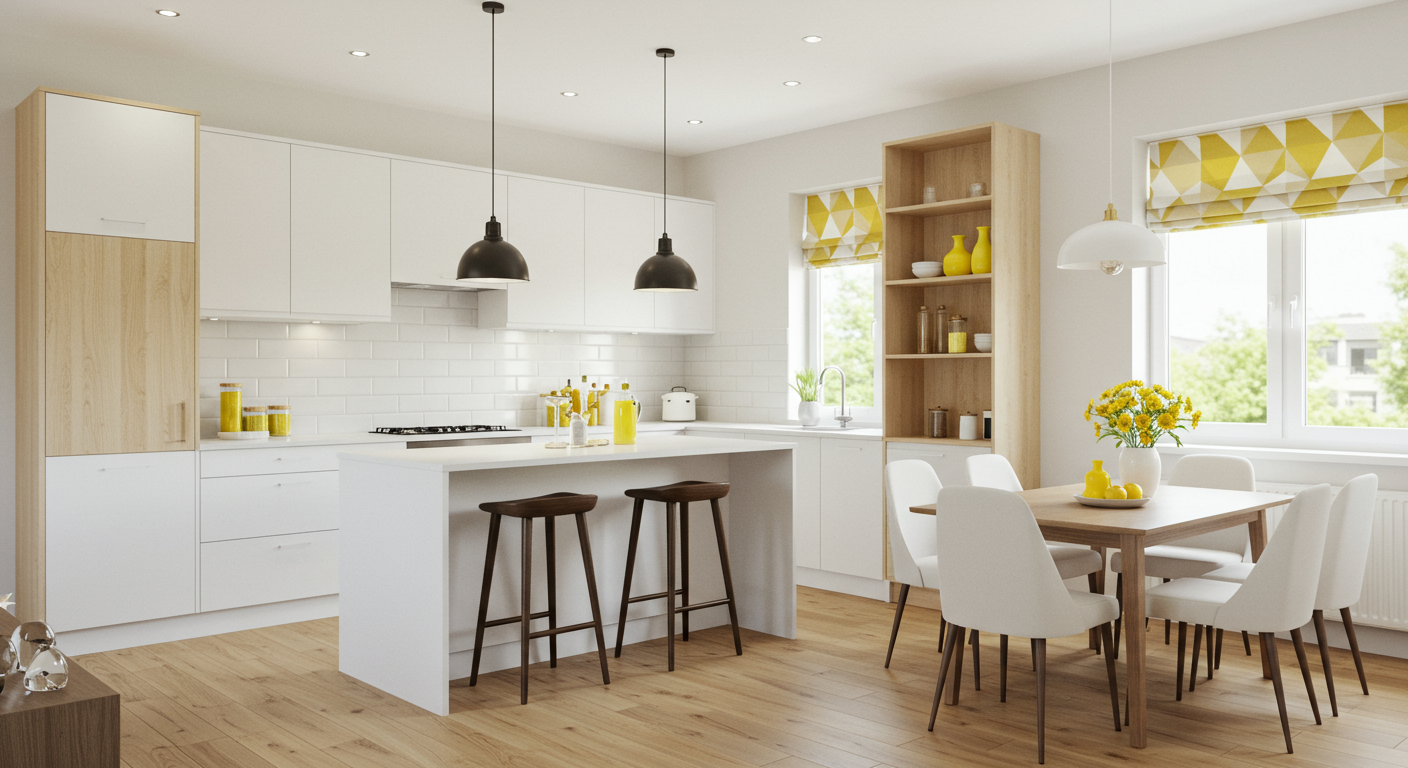
If you want to be able to cook in privacy but still have your family in the kitchen when it comes time to eat, then you may like eat-in kitchens. While not open to the rest of the home, they will allow your family to join you while you are cooking but they are easy to shut off if you don’t want people in the space.
Pros
- Having a table right in the kitchen makes it easy to get hot food on the table for each meal.
- Homeowners can supervise homework or art projects while they are cooking.
- It’s easy to sit and read or work while keeping an eye on something in the oven or on the stove.
- Eat-in kitchens are generally closed off from the rest of the home so you don’t have to worry about guests seeing a mess when they come over.
Cons
- Splatters and grease can get onto any papers that are in the kitchen whether they are on an eat-in island or a kitchen table.
- It’s easy for family members to use this flat surface as a dumping ground and for it to become cluttered quickly.
- There won’t be any privacy for cooking as long as there is a place for someone to come in and sit.
4. Galley Kitchen
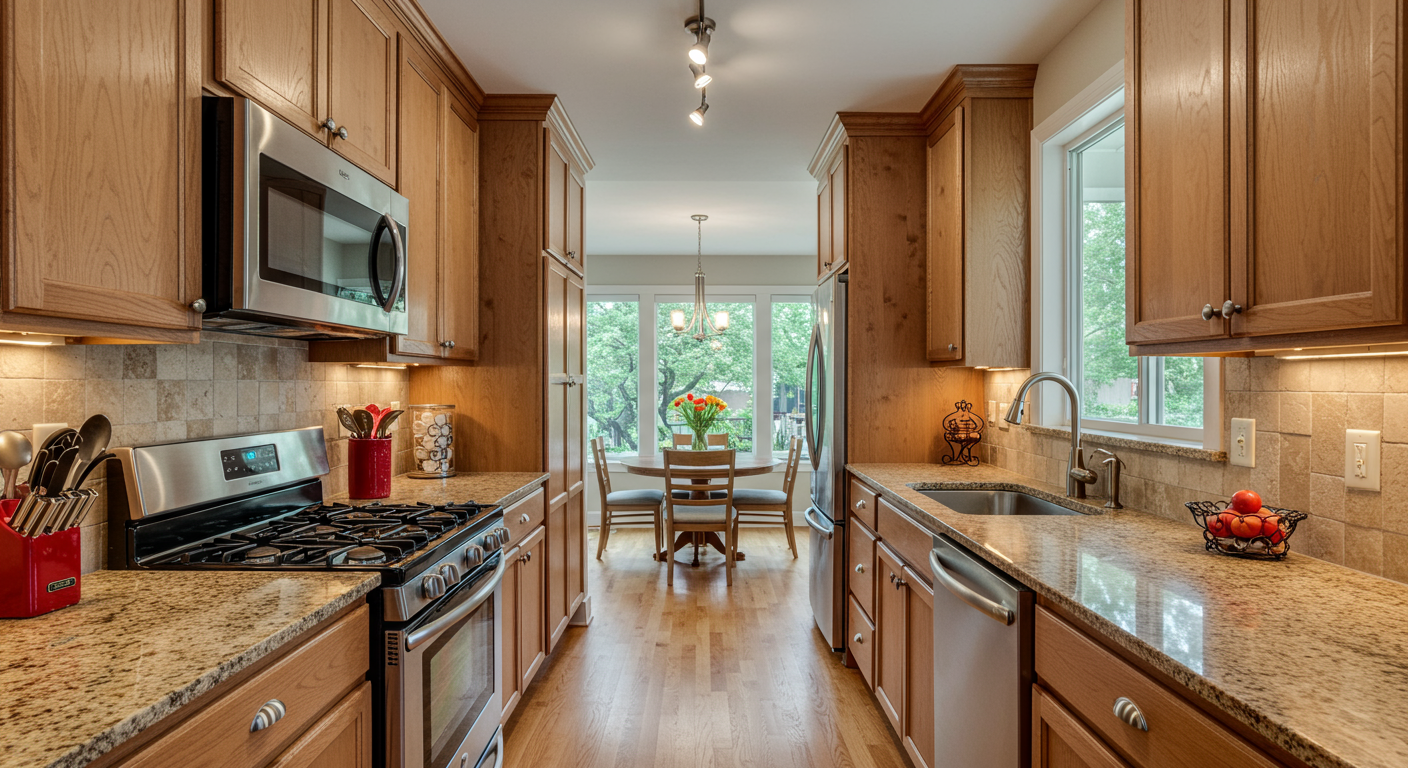
While not as common as other kitchen styles, galley kitchens are a great way to make use of a small space. They can be set up so that you can walk completely through them or so that there is only one entrance/exit.
Pros
- This is a great way to make use of just a little space in your home for a kitchen.
- All appliances are in easy reach of each other, which makes cooking very easy and quick.
- Because they are smaller, renovations will cost a lot less. You will have fewer countertops and cabinets to replace or refinish and can splurge on items that you will really love.
- Cleaning doesn’t take very long due to the smaller size.
Cons
- Galley kitchens are not ideal for homeowners who are passionate about cooking or who love to throw large dinner parties as there is such a small amount of space to work.
- There are not a lot of ways that you can lay out this style of kitchen so it can be difficult to design one that matches your personality.
5. Outdoor Kitchen
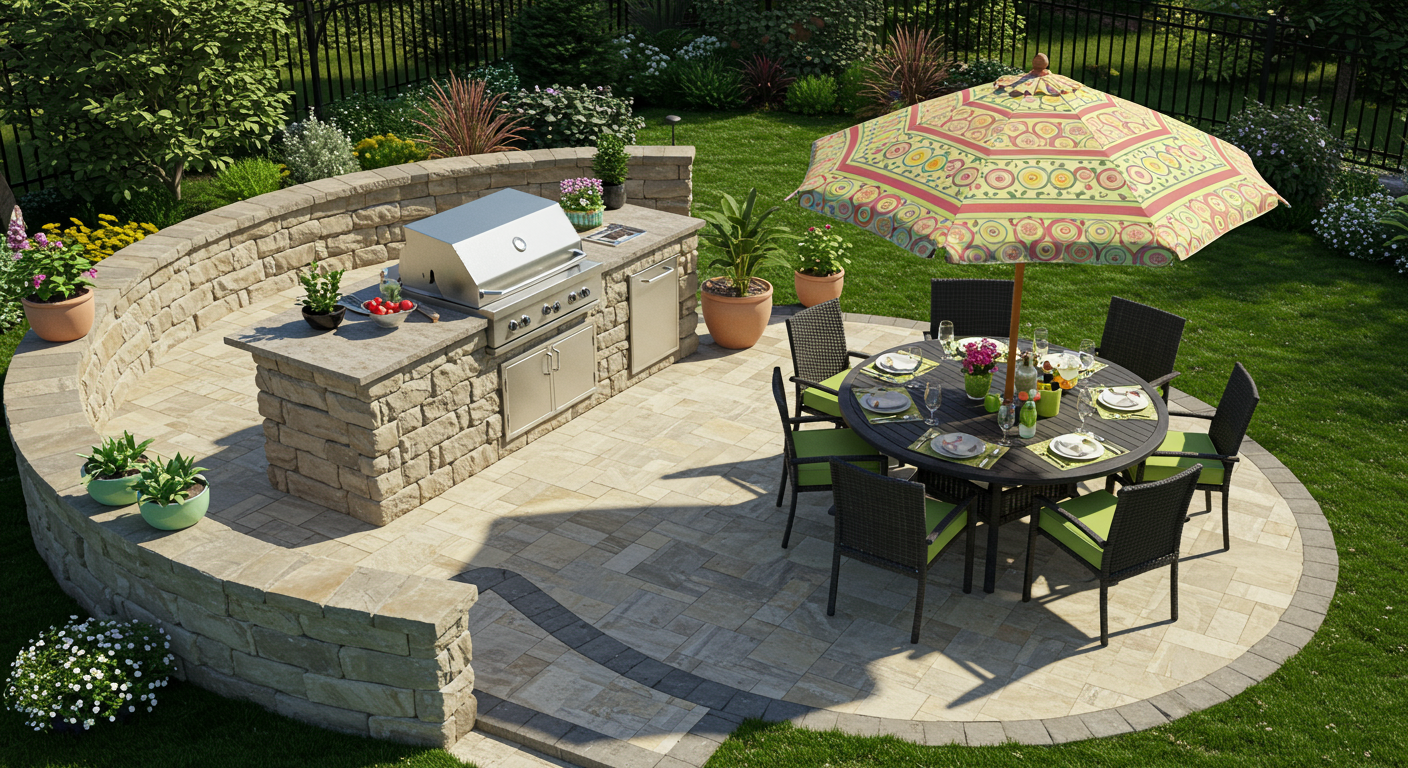
If you love to entertain and want to have the option to be able to be outside with your guests, then you may benefit from an outdoor kitchen at your home. Before you design or construct one, you will want to make sure to work with a professional who can talk you through the process.
Pros
- Outdoor kitchens are a great way to celebrate in warmer months by having all of your friends over. You won’t have to worry about carrying food through your home to the patio or deck.
- Any strong smells from cooking will remain outside, not in your home.
- You can cook with open flame without worrying about the danger or risk to your home.
Cons
- You have to have enough space outside to be able to install an outdoor kitchen.
- Without the right weather protection, your equipment will become damaged and rusty. Regular upkeep and checks are required.
- It’s much easier for people to steal items from your outdoor kitchen than it is for them to break into your home and take items from inside.
